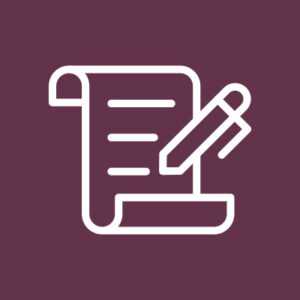Close your eyes for a moment and visualize the organizational structure of your theological school. Faculty … staff … executive team … governing board. How are they connected to one another? Who reports to whom?

Now, open your eyes (and keep reading).
More than likely, you envisioned a traditional organizational chart, with the various constituencies cascading upward, one over the other, probably ending with the board or a church official on top. Of course, North American theological schools have a remarkable array of organizational structures that spring from unique histories, affiliations, and religious traditions. But in most of theological schools, the governing board is the last stop, the final authority.
At least, that’s the conventional wisdom. But does this perception match our realities?
Some new understandings of organizations focus less on traditional avenues of authority (i.e., who reports to whom on the organizational chart) and more on our interconnected ecologies of effectiveness. For example, a recent blog post from Blue Avocado asks, “Who is responsible for the board doing a good job?” This seems like an obvious question — the board, of course (and that’s usually In Trust’s answer, too).
But the blogger suggests that this obvious answer is wrong. A strong chief executive — as the person responsible for the institution’s well-being — usually takes on the added responsibility for the governing body — and sometimes even rehabilitating a sick board.
Thinking of governing boards in less mechanistic and more organic metaphors can be freeing, but it presents a challenging paradigm shift. Regardless of our place vis-a-vis the organization, we must now accept a certain amount of responsibility not only for ourselves but for the well-being of the institution and those around us. The presidents takes responsibility for the board, while the board simultaneously oversees the work of the president. Staff and faculty, too, have legitimate areas of authority, and they can’t justifiably deflect as “someone else’s problem” the overall health of the institution.
We also begin to see that overarching modifiers like “strong,” “weak,” “ineffective,” and “engaged” are temporary and necessarily incomplete. Every board — every dean and rector, every board chair and committee chair — has times of strength and ineffectiveness, weakness and engagement, to various degrees and at different times.
The organizational chart is undoubtedly useful, but it’s not enough. The shared responsibility for the institution rests not only on the board, but also on the president, the other administrators, the faculty, and church officials.
That makes a much more complex picture, but a truer representation of reality.
The article in Blue Avocado is titled “Who Is Responsible for the Board Doing a Good Job?” Read it here.




















